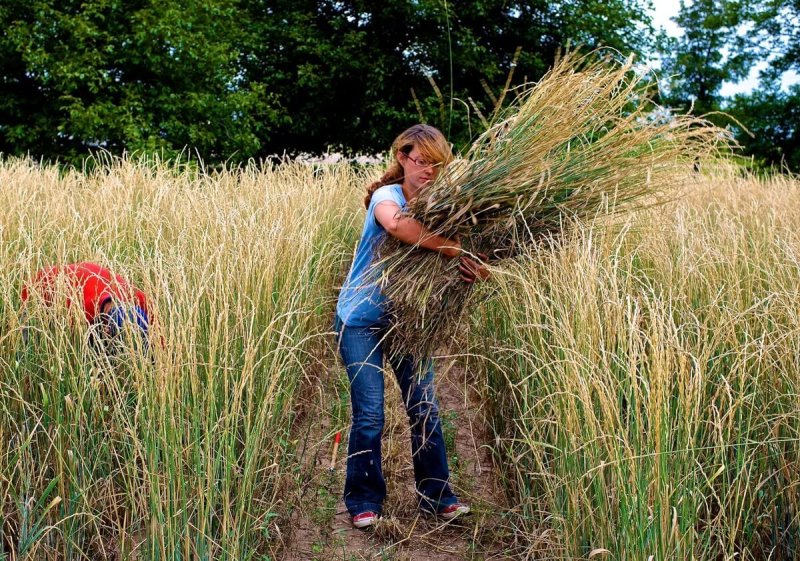Perennial grain crops –those you only plant once before harvesting multiple times – would potentially deliver many favourable on-farm attributes – not least savings in seed and fuel costs, reduced cultivations and lower input requirements.
Research has also shown increased carbon sequestration, improved soil structure, reduced soil erosion risk and better nutrient use efficiency.
But while progress is being made by researchers to create perennial grain crops, with rice, wheat and near-wheat relatives already commercialised or close to it, there remains significant barriers before they become widespread – not least extremely low yields in some cases.
Creating a perennial grain crop is far from easy. There are two main methods: either domesticating a perennial species that has desirable characteristics, such as consistently high seed yields, synchronous flowering and seed maturation, or crossing an existing annual grain crop with a wild perennial cousin.
The biggest success, so far, has been with perennial rice, developed in conjunction with the University of Yunnan, says Lennart Olsson, a board member at the Land Institute and geography professor at Lund University in Sweden.
…
So what does the future hold for perennial crops? Prof Olsson is optimistic about a perennial revolution. “Business as usual is not an option,” he suggests. “It is clear agriculture needs to change.”
There is clear scientific backing for perennial crops, he claims, but recognises it would be the first time agriculture has changed in favour of ecological systems, compared with virtually all previous major developments, such as ploughing, Haber-Bosch and genetically modified cropping.































